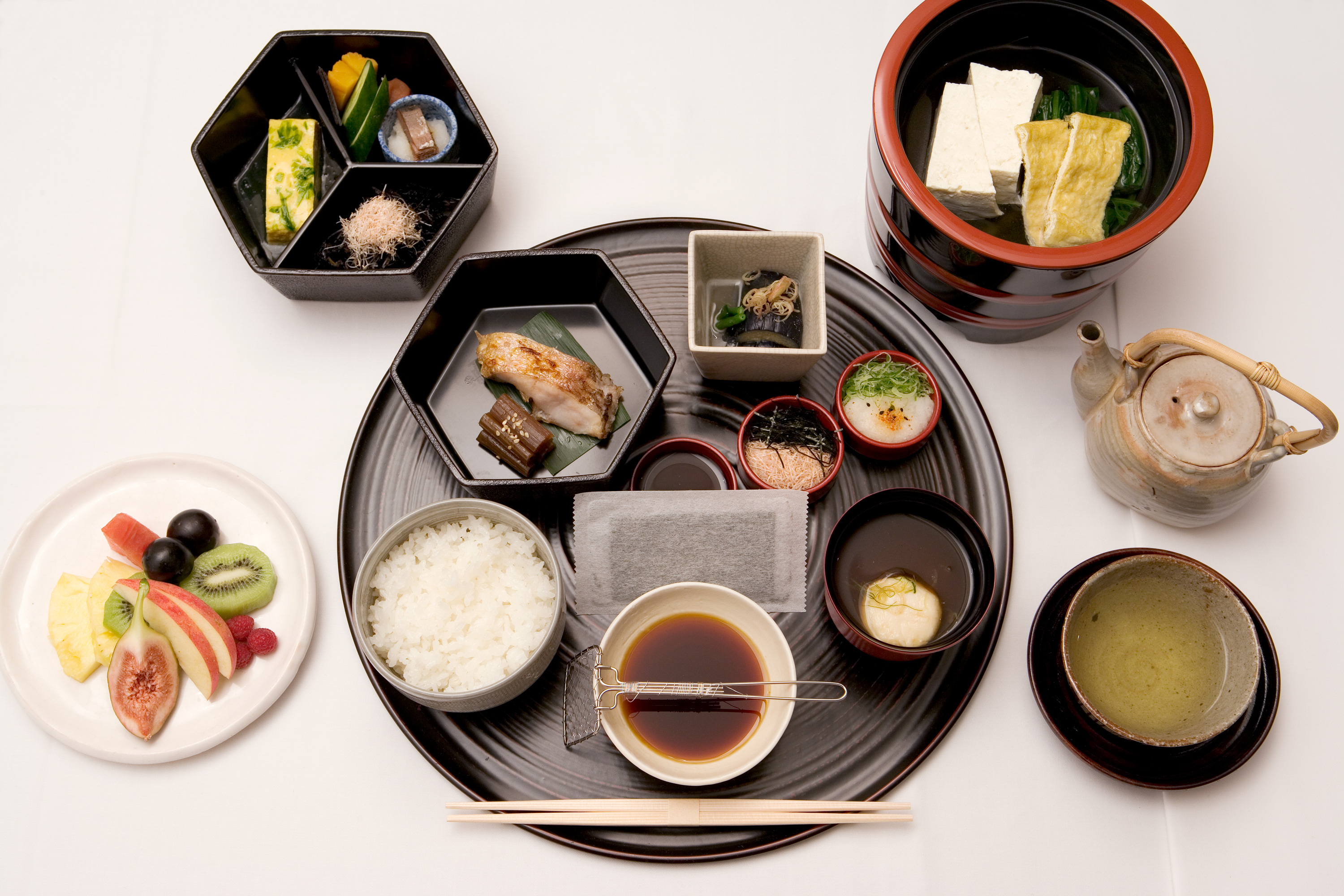The Japanese breakfast provides a healthy start to the day. It's rich in vegetables — from both land and sea — often includes fermented foods such as miso soup and pickles, and is rounded out with rice and grilled seafood. Though, it hasn't always been this way.
The meal has evolved over the centuries. In the Kamakura Period (1185-1333), for example, many people followed a Buddhist-influenced vegetarian diet. In the Heian Period (794-1185) only breakfast and lunch were consumed, and in the Edo Period (1603-1868) breakfast was a simple ichijū issai — literally one-soup, one-vegetable — meal. When Japanese sit down to breakfast nowadays, they're often presented with the classic ichijū sansai meal: one soup, three side dishes and rice.
Kuouesu is a kappō (counter) restaurant that serves an authentic ichijū sansai for ¥900. On a recent morning, this included hamo (conger eel), pickled turnip and cucumbers, blanched spinach and charcoal-grilled managatsuo (pomfret). The rice is cooked in a cast-iron pot with less water than usual, and served while it's still a little al dente. Customers can opt for extra side dishes such as nattō (fermented soybeans) or omelet.



















With your current subscription plan you can comment on stories. However, before writing your first comment, please create a display name in the Profile section of your subscriber account page.